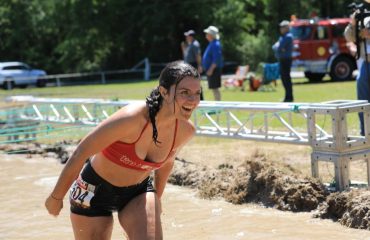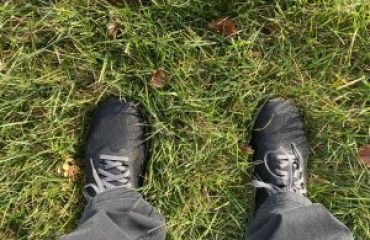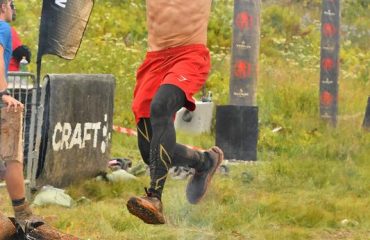Yep, you read that correctly. Stretching is overrated. In my opinion, at least.
Let’s simply look at common situations:
- An athlete gets injured and says it is because he/she does not stretch enough.
- Another athlete who does stretch often, and perhaps does yoga, becomes injured.
- The injured athlete starts stretching only to find it does not fix the problem.
- And we cannot forget the professional athletes who have all sorts of people on their team to make sure they stay loose who still get injured.
Now, I’m not saying you don’t need to do things so your body can move well. Mobility work so your body moves well is absolutely necessary, but that doesn’t mean stretching. In fact, you will rarely, if ever, find me stretching…but that does not mean I don’t do things to keep my body moving well. (That will be revealed at the end, so keep reading.)
When I say stretching is overrated, I am also not saying it is bad for you…or at least for most circumstances. It is just not helping as much as you want to believe it is.
Not teaching your body to use the new range
You stretch and gain more motion. Great! Now what?
If that is where you stop, you are completely wasting your time with stretching. When you stretch, you elongate a muscle to gain more range of motion, but your body does not know what to do with that motion. So rather than staying loose, it tightens back up again because that is the only way the body knows how to function.
If you stretch, you also have to take time immediately after to teach the body how to use that motion, be stable at the end range that you just created, and be strong moving in that position. If you don’t do that, the muscle is either going to go back to its shorter length and/or you will injure yourself when you use that increased range that was gained because your body can’t control it.
Not solving the problem
When dealing with chronic tightness, there is always a reason for it. This is true for all muscles in the body, but especially true in the shoulders, hamstrings, and calves. If you find you have to stretch daily to control the tightness, the tightness is not the issue. If it were simply an issue of a muscle being tight, such as a response to a hard workout or doing something your body wasn’t used to, it would only take 2-3 days for it to loosen up. With chronic tightness, the muscle is tightening up as a response to something else going on.
That something else? Three possibilities: 1) The area is unstable so the muscle is tightening up to stabilize it, 2) The joint is stiff and the muscle is working overtime to move your body, or 3) It is compensating for another issue in your body. (OK, there are many other possibilities, but those are the big three.)
Unless you take time to figure out what is causing the tightness, the tightness will not go away and you will always feel like you need to stretch.
When you absolutely don’t want to stretch
As I mentioned above, in most circumstances stretching will not harm you, but if often won’t help. I also mentioned there are some circumstances in which you do not want to stretch. Those circumstances are if you are hypermobile or if you have strained a muscle.
If you are hypermobile, being looser is the last thing your body needs. It means you have laxity in the ligaments surrounding your joints. Your body is using that little bit of tightness you are feeling in order to stabilize the joints since the ligaments are not doing it. If you stretch, you are creating more laxity in your joints.
If you have strained a muscle, the muscle has already been overstretched. Continuing to stretch it could do more harm than good. Actively keeping it moving through its full range during the day is absolutely necessary, but not stretching. Rather than stretching, use that time to properly retrain and restrengthen the muscle.
What to do instead of stretching
First and foremost, figure out why the tightness is there and address that issue. Until you fix the cause, the tightness will remain. Once you do that, start doing things to teach your body how to move through full ranges of motion. Things like active joint mobility, isometric holds at end range, and eccentric work to end ranges are great. Like always, I never suggest you go to Dr. Google or YouTube to find random things to do. Always work with someone who can help you figure out what will be best to do based on your current situation and can also progress you appropriately.
Written by Brianne Showman. Brianne is a physical therapist and running coach with Get Your Fix Physical Therapy And Performance. Her focus is on helping athletes resolve injuries in less time by getting to the root of the problem, improving movement patterns, and incorporating proper training to help the body to move more efficiently, more powerfully, and in less injury-prone ways.










